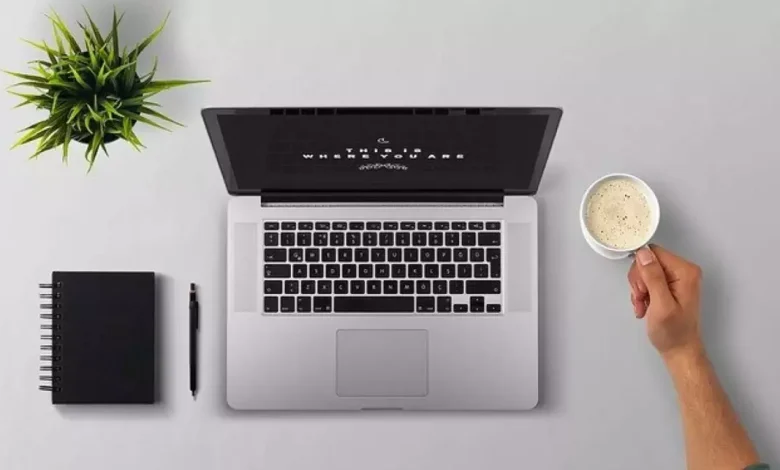How to Fix Mac Android File Transfer Issues?

Do you have files that you need to get from your Android to your Mac? This can be a tedious procedure without native support. Sharing files between macOS and Android is made easier with the Android File Transfer app. What Can You Do If Your Mac Cannot Receive Android Files? With these helpful articles, you won’t be left wondering how to move your Android files to your Mac. This page concentrates on Android File Transfer, but alternative solutions like AnyDroid are available.
The programme is simple to use and comprehend. This programme is useful since it may be used offline, eliminating a necessary prerequisite for its use. A USB cable is used to make the transmission possible. Therefore, it is a useful method for transferring substantial amounts of money.
Android File Transfer is a Mac application that can be downloaded and installed from the developer’s website. Then, open the Downloads folder, double-click on AndroidFileTransfer.dmg, and move the resulting icon to your Mac’s Applications folder. Simply double-click the file to launch the programme. At this point, you can begin transferring files by connecting your smartphone to your Mac through a USB cord.
It appears to be quite simple. Yet, what should you do if Android File Transfer suddenly stops functioning? Unfortunately, many users have reported issues, such as a lack of connectivity. Don’t freak out, just use these tricks to fix Android File Transfer.
Examine the USB cable
The USB cable should be checked before moving on to more involved remedies. Be on the lookout for nicks, cuts, and other signs of wear and tear. You can also try switching to a different cable to see if it helps.
To Use Another USB Port
The USB port could be the source of the problem on occasion. Change the port you’re using. Results could improve.
Modify the USB settings on your mobile device
Update the USB settings on both the Mac and the Android phone after you’ve plugged in the cord. The ‘Can’t access device storage’ error message necessitates this action.
Open the Android device after connecting the connection, and swipe down from the top. Look for the USB charging message in the list of alerts. Then, after double-tapping, you may access USB settings in the system options menu. After the page loads, select File Transfer / Android Auto from the drop-down menu labelled Use USB for.
Updates to USB settings can be made in a few different ways, but the fundamentals are always the same. The Android device’s internal storage will become accessible via the USB cord once the aforementioned option has been selected. Then, you can use your Android device to access your Mac’s file system. Your Android handset must remain unlocked throughout the whole transfer process.
Use an external USB device to force a Mac application to quit
Do you still have problems after making the USB preferences update? It’s possible that another programme is accessing the USB devices you have plugged in. If this is the case, Android File Transfer won’t be able to access certain files and directories.
If you close all the programmes on your Mac that are using the USB devices, you can avoid this. Applications like OneDrive, Dropbox, and Google Drive, as well as built-in programmes like Preview, are examples of cloud-based backup software. You can use the force quit option if any of these programmes would not close.
There is, however, a problem with this solution. It’s not always obvious which running Mac programmes can access a USB drive. If shutting any cloud backup programmes doesn’t fix the issue, you may have to resort to trial and error.
The next step is to one by one close applications until you identify the offending one.
Get Rid of Android’s File Sharing App
Cache issues or resource conflicts might sometimes be to blame. These problems are not always obvious. However, this could be the case if Android File Transfer was functioning normally before suddenly ceasing to do so.
Additionally, if you have exhausted all other options and the application still isn’t working, the last resort is to uninstall it. Get rid of any leftover data. It’s time to reboot. Finally, reinstall the software.
If reinstalling the software does not fix the problem, try restarting both your Android and Mac devices.
Update macOS
If you haven’t updated the software on your computer in a while, Update macOS Android File Transfer might not work. If an update is available, you must check for it and then apply it. Recent upgrades address stability and bug concerns. If you’re having trouble with Android File Transfer, this could be the answer.
In Conclusion
If you own both an Android phone and a Mac, you can confidently move data back and forth between both. Even if native support is lacking, you can make the procedure go more smoothly by installing Android File Transfer. In the event that software issues arise, try implementing the aforementioned solutions.



